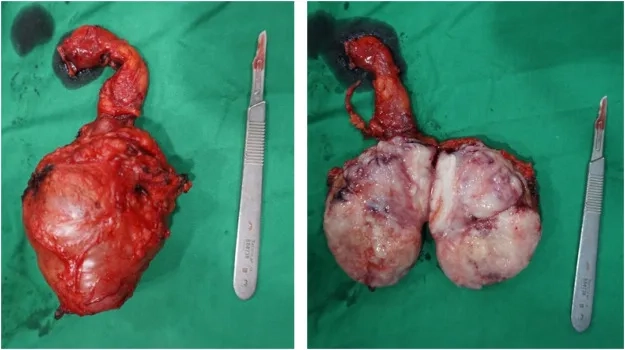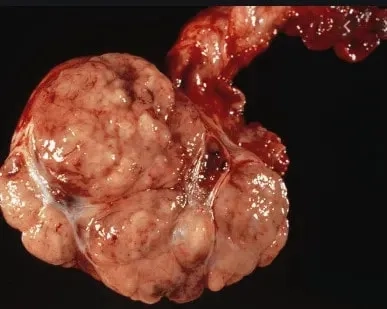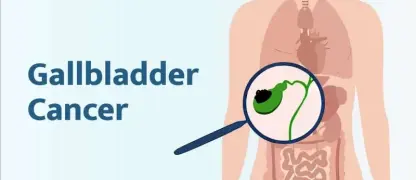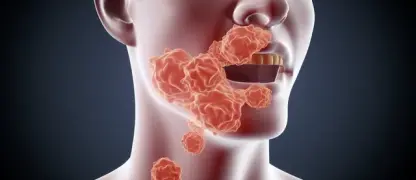Don't ignore changes in your body. When it comes to testicular cancer, early detection is the single most important factor for a successful outcome. This guide provides the crucial information you need to be proactive about your health and spot the signs early.
What are the main causes of Testicular Cancer?
- The exact cause is unknown, but major risk factors include having an undescended testicle (cryptorchidism) at birth or abnormal testicular development.
- A family history of the disease, particularly in a father or brother, can also increase an individual's risk of developing the condition.
- It most commonly affects adolescents and young men, although the reasons for this age-related prevalence are not yet fully understood by researchers.

Key symptoms of Testicular Cancer to watch for
- The most common of all signs of testicular cancer is a painless lump on a testicle or noticeable swelling in either testicle.
- Other key testicular cancer symptoms include a feeling of heaviness in the scrotum or a dull, persistent ache in the groin area.
- Some men may experience a sudden collection of fluid in the scrotum or tenderness in the breast tissue, which warrants a medical evaluation.
How can you prevent Testicular Cancer effectively?
- Since it cannot be prevented, early detection is the most powerful tool; a monthly testicular self-exam is critical for finding changes early.
- If a lump is found, testicular cancer treatment is highly effective and may involve surgery, chemotherapy, or radiation depending on the stage.
- With early diagnosis, the testicular cancer survival rate is over 95%, making it one of the most curable forms of cancer.
>>> Read more here: Esophageal cancer - The link between acid reflux and your risk
Image of the disease Testicular Cancer and other variables







>>> Learn now: Multiple myeloma - Understanding this cancer of the plasma cells
Early detection is your best defense. If you find a lump or notice any other symptoms, see a doctor without delay. Prompt action leads to a better prognosis and is the key to successfully overcoming this highly treatable disease.
>>> Related articles: Sarcoma - What to know about this rare cancer of bone and tissue





